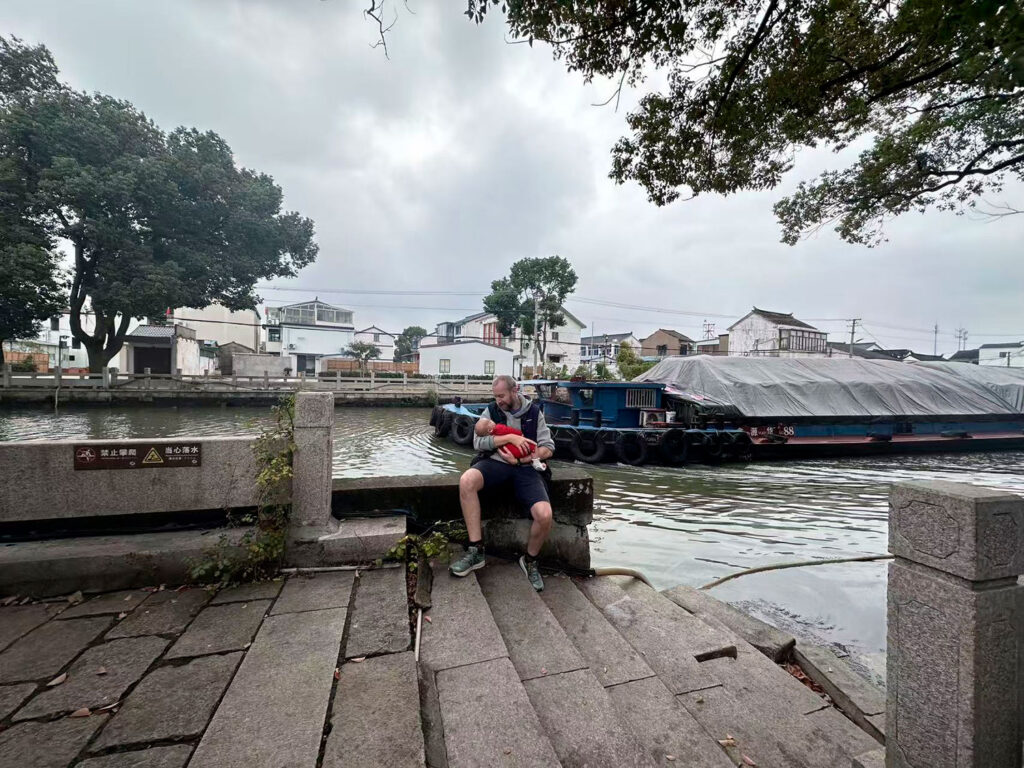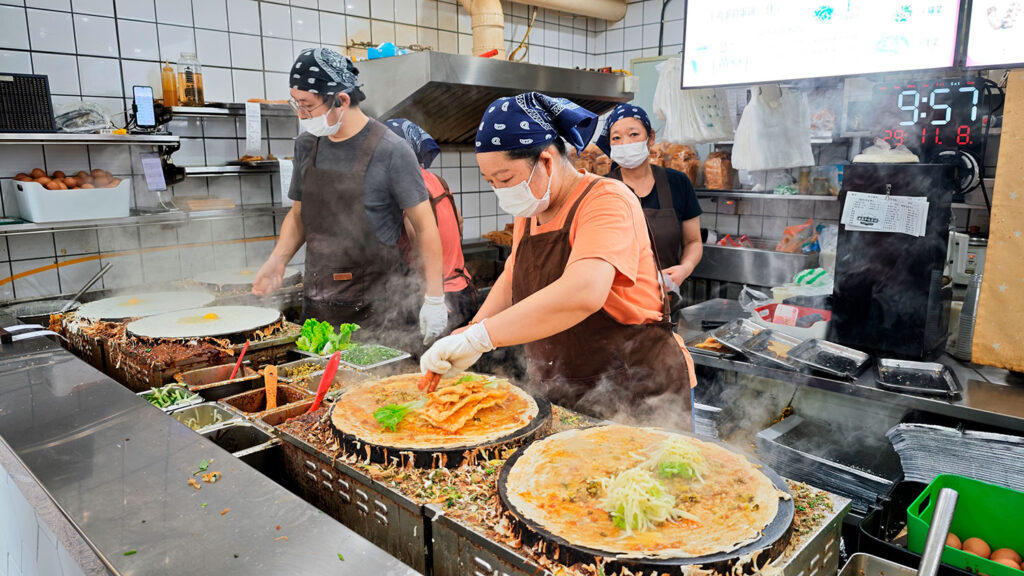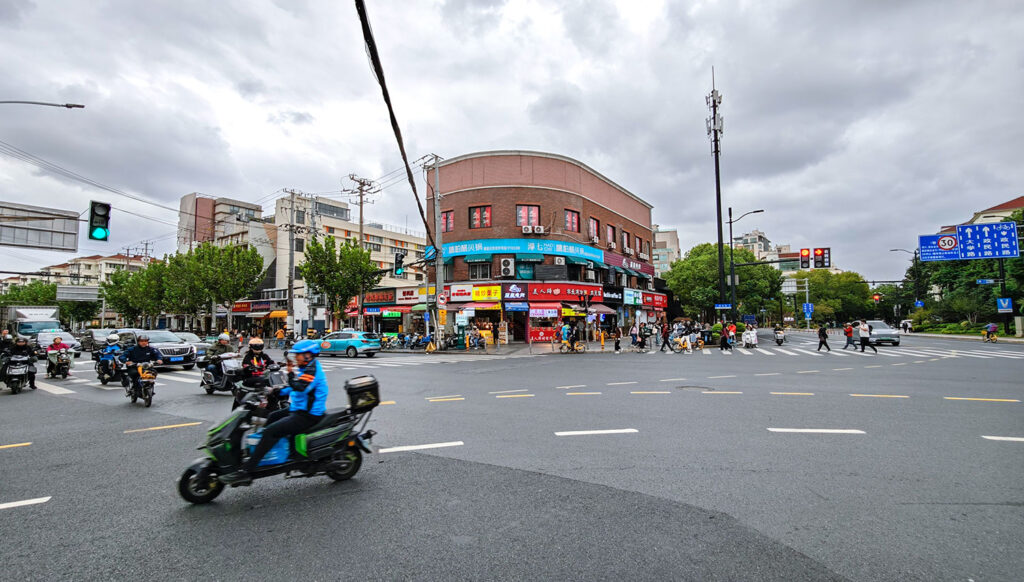This morning I watched Michael Palin visiting Shanghai in 1988. He just walks around the city of 12 million people and it’s fascinating. At three minutes there’s a car trying to get through a narrow street. At five minutes, a Chinese medicine store. At six, a Chinese duo spoke English and told Palin they liked the BBC. At seven minutes, an Australian couple is dancing to jazz, and a minute later a member of the band says his favorite trumpet player is Harry James, and that his son plays a violin.
Palin is not even a remarkable observer. He’s just a tourist, but he’s curious and observes the mundane. Nothing is fictionalized, and nothing is posed. It’s documenting the mundane of then, which is the special now.
It follows what Martin Parr said to The Guardian in 2010, in an article on how to make better (holiday) photos: “No one would dream to think that going to the supermarket is an important event, but when you look back in the future, you’ll be amazed at how interesting it is.”
There’s also the fantastic ‘Take Picture‘ article from The New Yorker, on Konstantin Petrov, who, as an Estonian immigrant, worked in the now-gone north tower of the World Trade Centre in New York. He’s one of the few to actually take pictures from inside the buildings, and it’s those photos that made it into the documentary 9/10: The Final Hours. Petrov’s photos of New York, as well as Tallinn, are still live on his Fotki page.

When going through the photo albums of me growing up in the Netherlands, it’s the pictures with what was normal then, that stand out most now. Aside from us looking decades younger, there are old cars, old streets, old clothes, old food packages, and in the background a one-button mouse and a blocky grey computer monitor. In old photos from people in China, the mundane ones are most interesting. Planes, trains, cars, buildings, and houses from the eighties and nineties, before China’s economic surge.

In Michelangelo Antonioni’s documentary Chung Kuo, an Italian camera crew travels through China in 1972, and all they did was film. Antonioni remarks on Shanghai: “It has changed profoundly within the timespan of a single generation”, but that was in the early 70s. In Palin’s visit to Shanghai, over a decade later, people from Pudong took pictures of the historic buildings on the Bund, while now it’s the other way around. It’s only thanks to someone who took a photo of that boring grassland that we can compare then and now. Parr says: “I would argue that the more valuable document is the honest one.” And I agree. Photographs show us what has changed, and what hasn’t. It’s interesting, simply because people are interesting.



